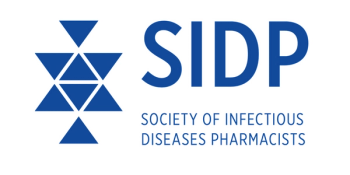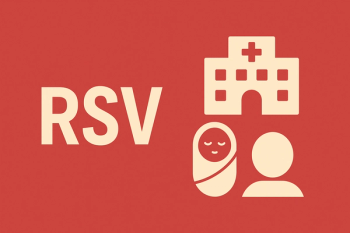
Public Health Watch: Evolution of COVID-19 Treatment in US Hospitals
Analysis of medications used in California hospitals over the course of 2020 highlights “evidence-based decisions.”
If there is a lesson by society as whole over the course of the COVID-19 pandemic (other than being better prepared for the next infectious disease-related crisis, of course), it is that we need to look at the bright side.
After more than 3.51 million dead globally, and in excess of 593,000 in the United States alone, this is easier said than done, obviously. However, all of this (far too much) clinical experience—and related research trials—has arguably enabled better treatment, and thus improved outcomes, in patients who develop severe disease following SARS-CoV-2 infection.
The evolution of this care is documented in an
“At first glance, a lot of people might say you wouldn’t want to use a corticosteroid [like dexamethasone] that, theoretically, could reduce the immune response in a COVID patient,” study co-author Jonathan Watanabe, PharmD, professor of clinical pharmacy at the University of California, Irvine, said. “But the trials really demonstrated that the knee-jerk mechanism of action-response was not correct in this case: The anti-inflammatory effect of the drug to tame cytokine storms was evidently more important than any blunting of the immune response.”
Indeed, bolstered by positive results from the UK-based “Recovery” trial, use of dexamethasone for COVID-19 patients in California hospitals increased from 1.4% of patients per day on March 31 to 67.5% by the end last year. The drug’s efficacy, as measured by reduced recovery times and lower mortality, is particularly remarkable considering it is relatively inexpensive, according to Dr. Watanabe and his colleagues.
Similarly, use of remdesivir rose 12-fold in the state, from 4.9% on June 1 to 62.5% on December 31, again as more promising clinical trial data became available. Conversely, use of
The findings are based on an analysis of the usage rates for 10 different medicines and medicine classes from the University of California COVID Research Data Set, which tracked 22,896 patients admitted to UC Health medical centers in Davis, Irvine, Los Angeles, San Diego and San Francisco, Watanabe and his colleagues said.
“The home run of this paper is really in the figures built from the UC CORDS database,” Watanabe. “You can clearly see how usage of certain medicines grew or declined over the course of the pandemic and how those movements were tied to evidence-based decisions being made by UC healthcare providers in real time. You can monitor the evolution in how we treat our sickest patients.”
Newsletter
Stay ahead of emerging infectious disease threats with expert insights and breaking research. Subscribe now to get updates delivered straight to your inbox.































































































































































































































































































